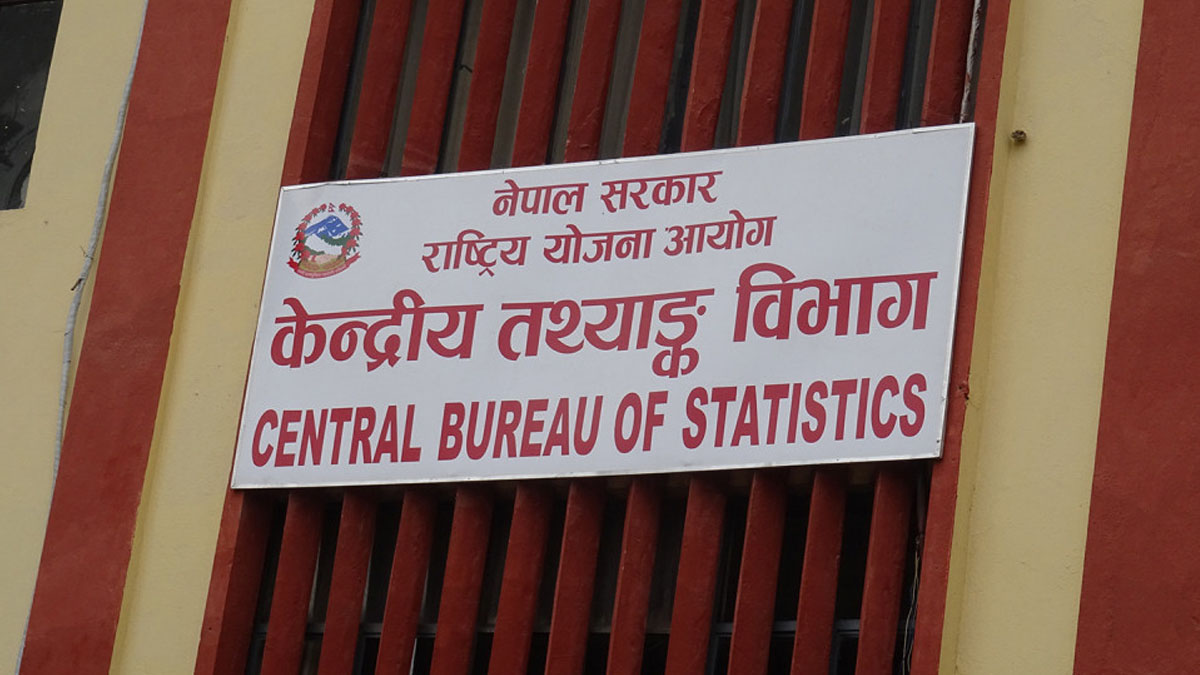
National agriculture census reaches final stage

The national agriculture census has reached its final stage.
Under the census, assessment of the situation of various crops produced in the country, irrigation, use of agricultural materials, collection of details on lands used for farming, and the number of livestock and fowls, and data processing and publication have been almost over, according to the Central Bureau of Statistics.
Preparations are underway to publish the results within 12 February, it has been said.
Started in 2018 BS for the first time, the census takes place every 10 years. This seventh census was carried out in the Nepali months of Chaitra, Baisakh and Jestha in 2078 BS, said the Bureau officer Ganesh Phuyal. It covers 753 rural municipalities and municipalities of 77 districts. A scientific method was employed. A certain number of farmers were selected, and interviewed for it.
Data of agricultural activities done for the purpose of subsistence, commercial and institutional purpose was collected. Around 350,000 farmers representing 753 local levels were counted, said Sahan Laxmi Tamrakar, senior officer at the section of the Agro Forestry and Fishery Statistics.
For the census, the employed persons collected details of farmers, workers employed, lands used, irrigation facility, crops and fruits planted, the availability of seeds and fertilizers, the number of livestock, buildings and structures used, ponds used for fishery, apiary, silkworm farming, loans for farmers, insurance and subsidies, the impact on agriculture, natural disasters, the availability of foods for farmers and other economic activities related to farmers.
This census is expected to help carry out a study of impact and contribution of agriculture to the national production, said the Department of Livestock Services Dr Chandra Dhakal.
This will also help formulate plans, monitor and evaluation of agricultural produce at all three levels- federal, provincial and local, he added.












Comments